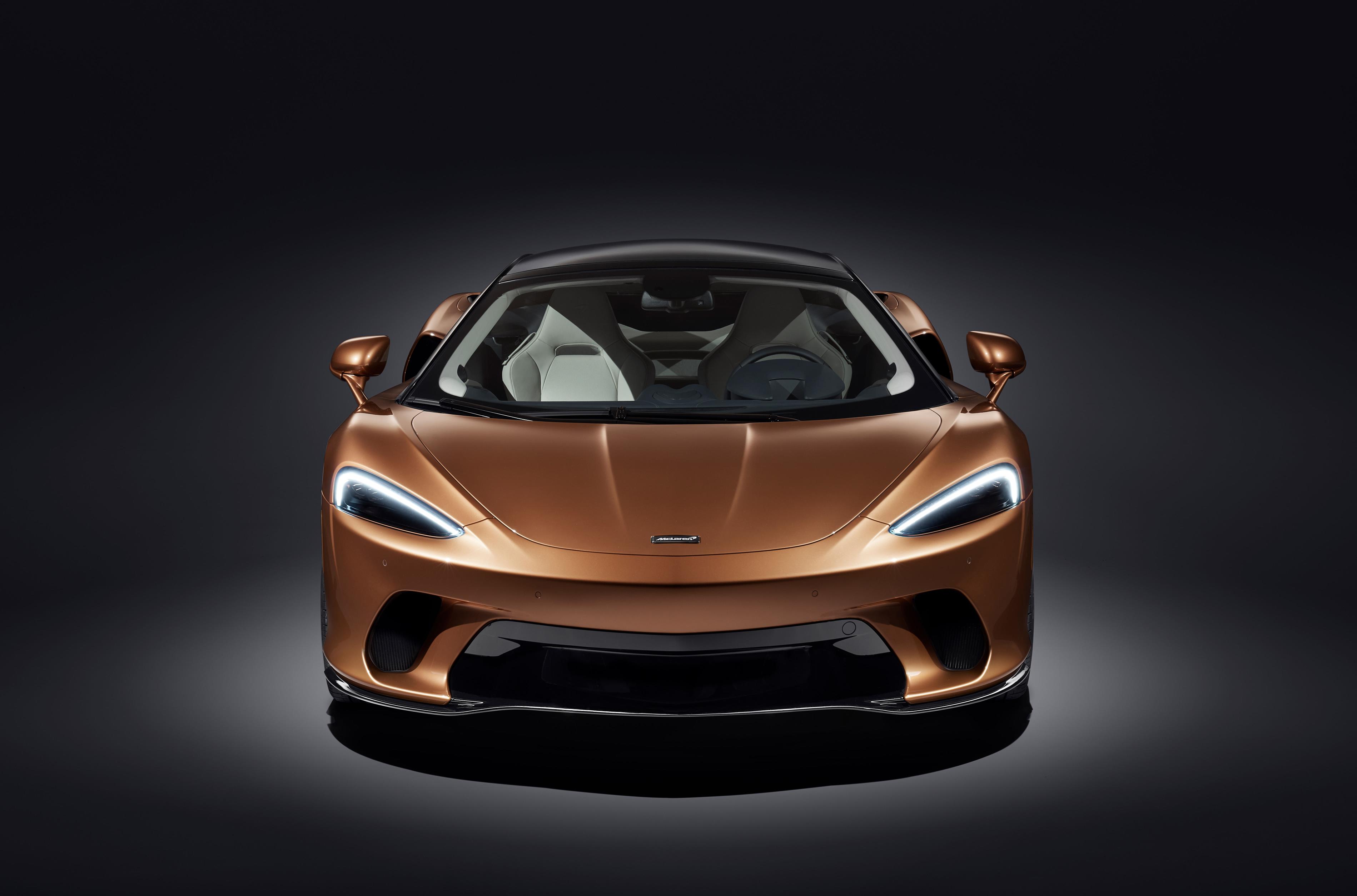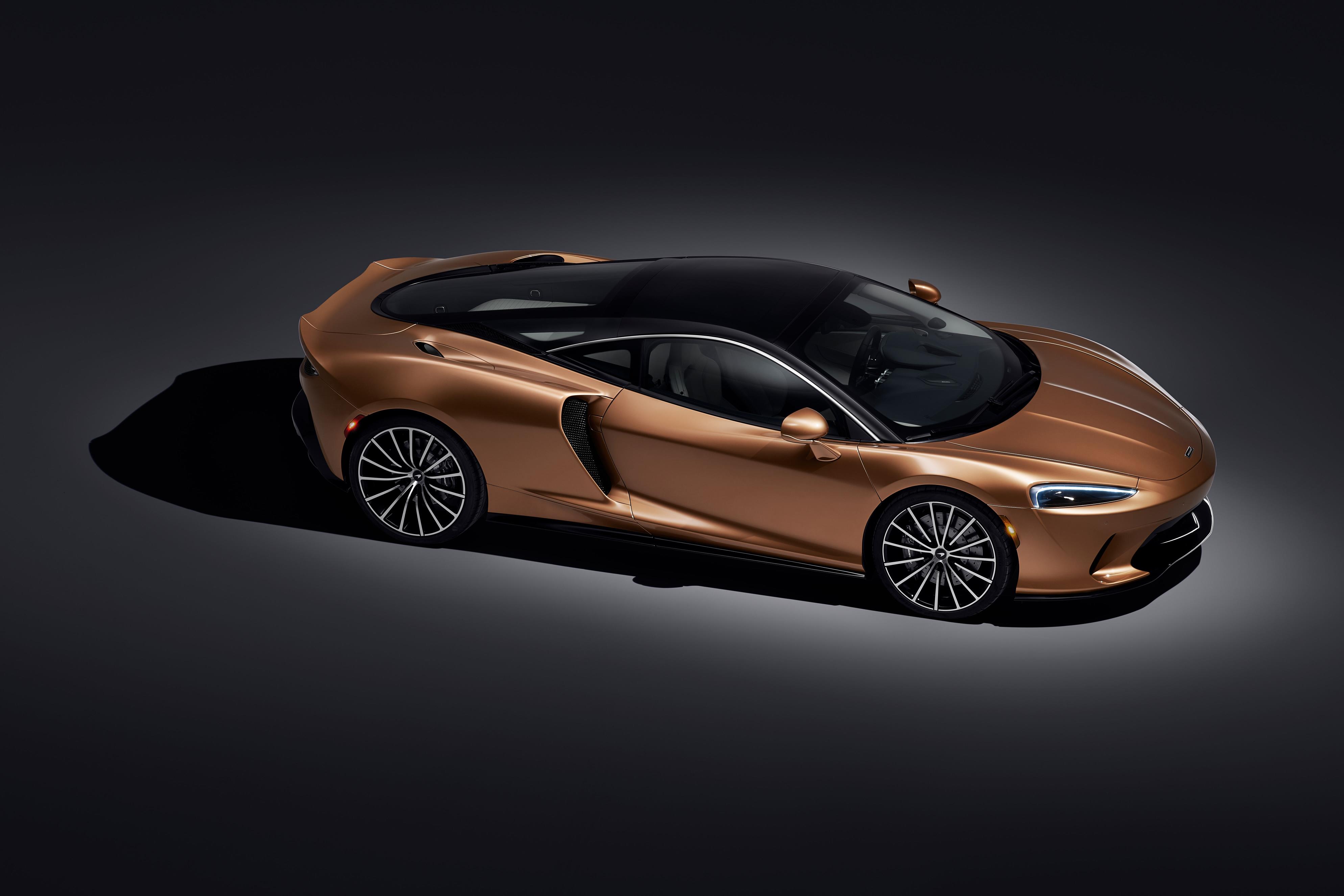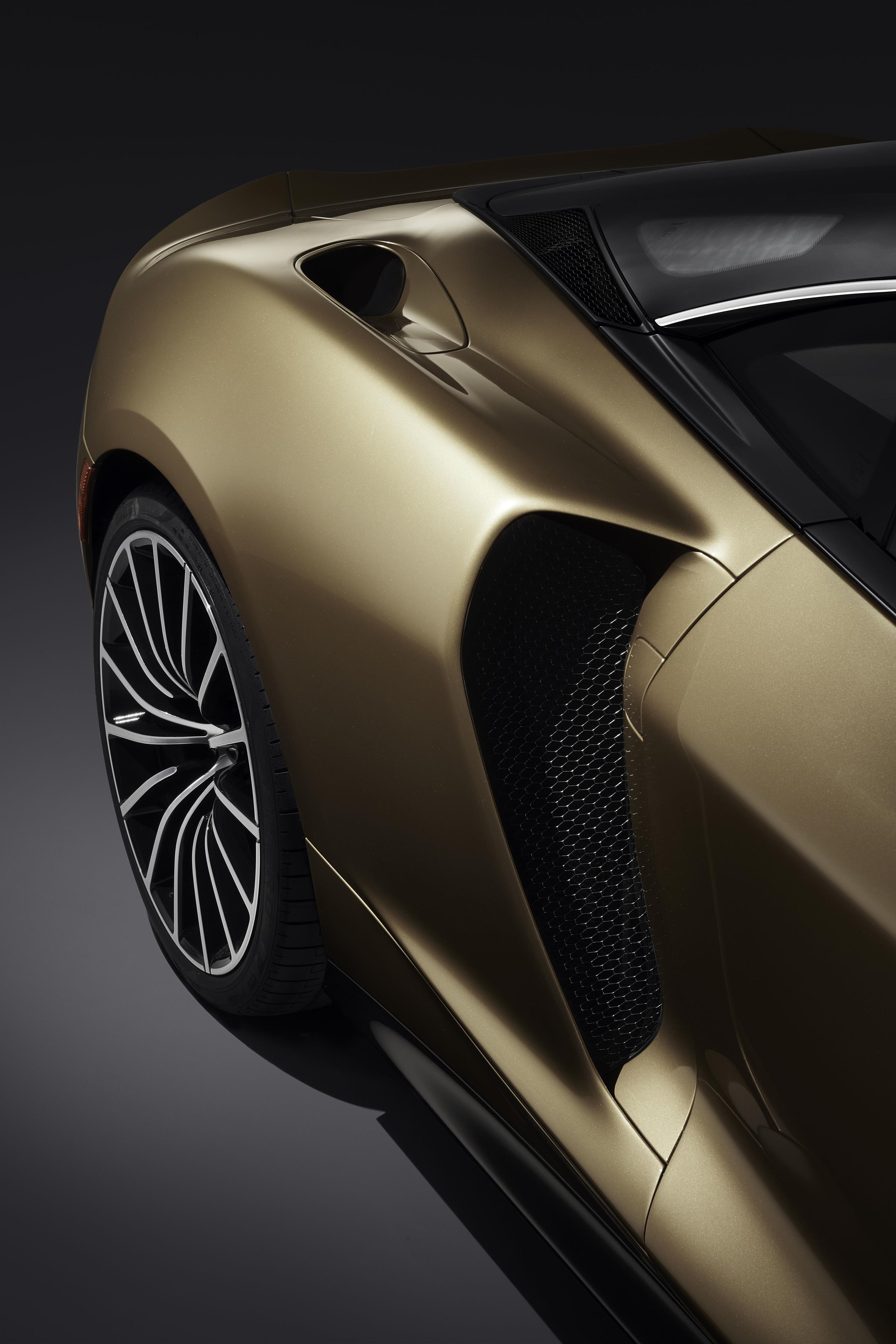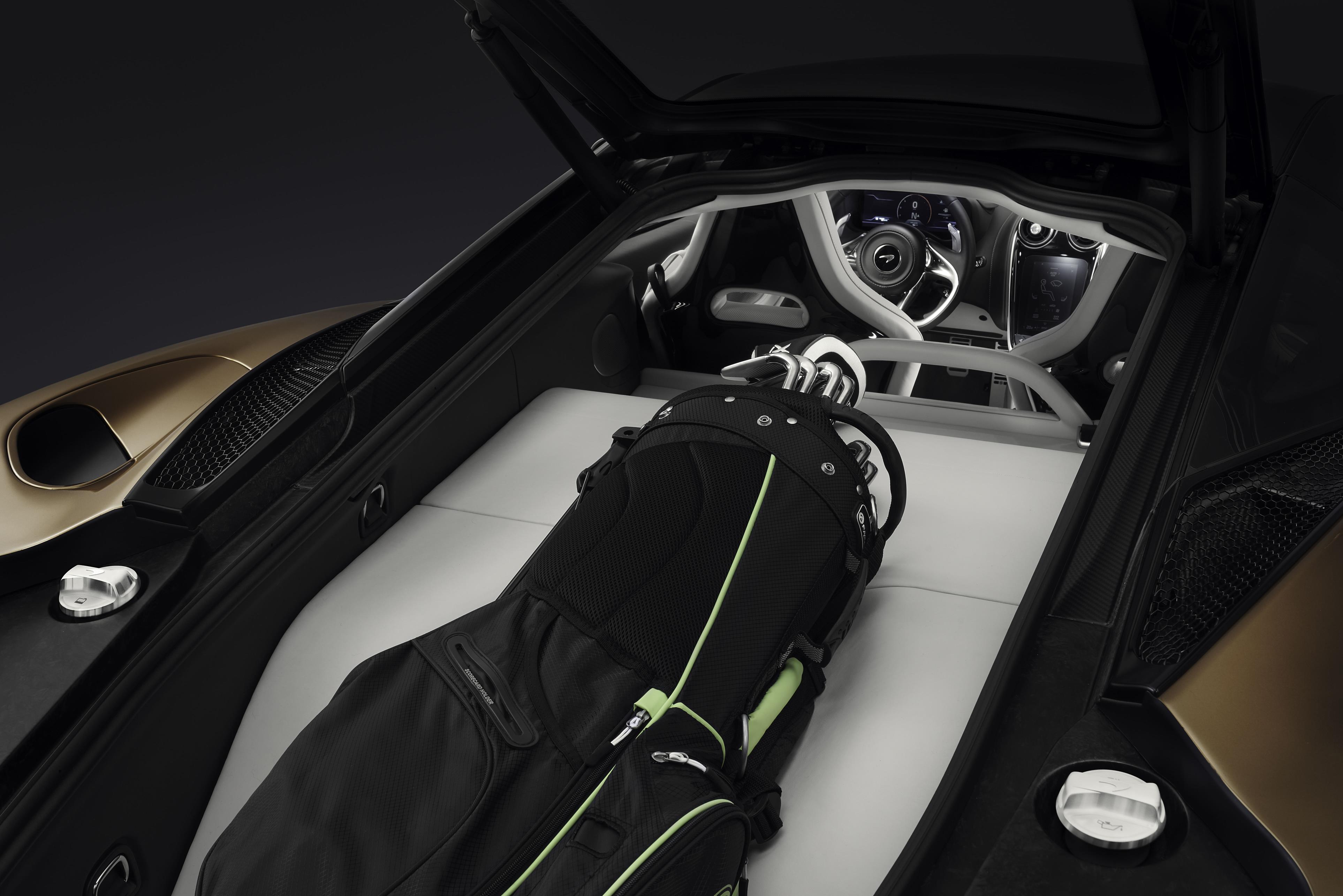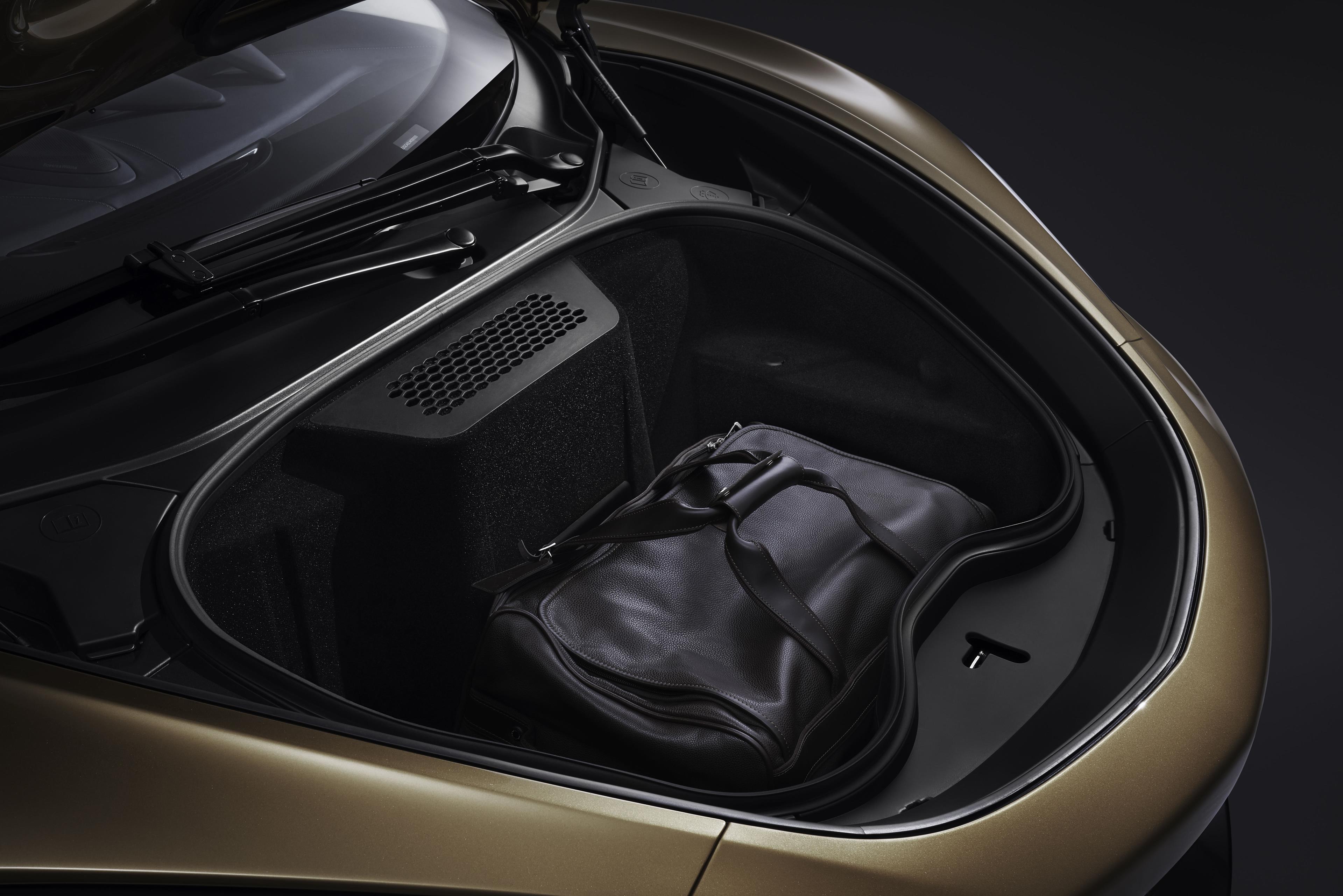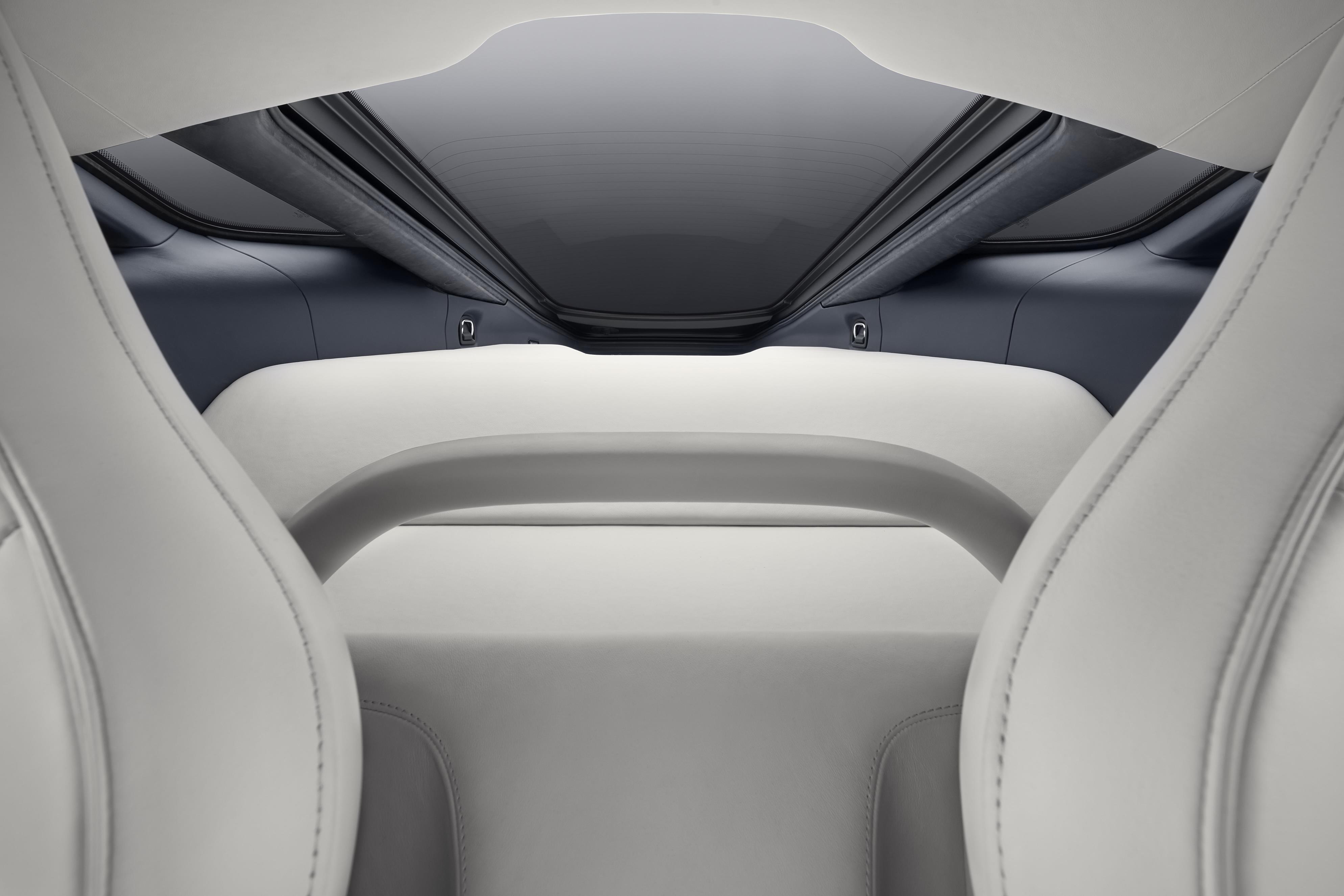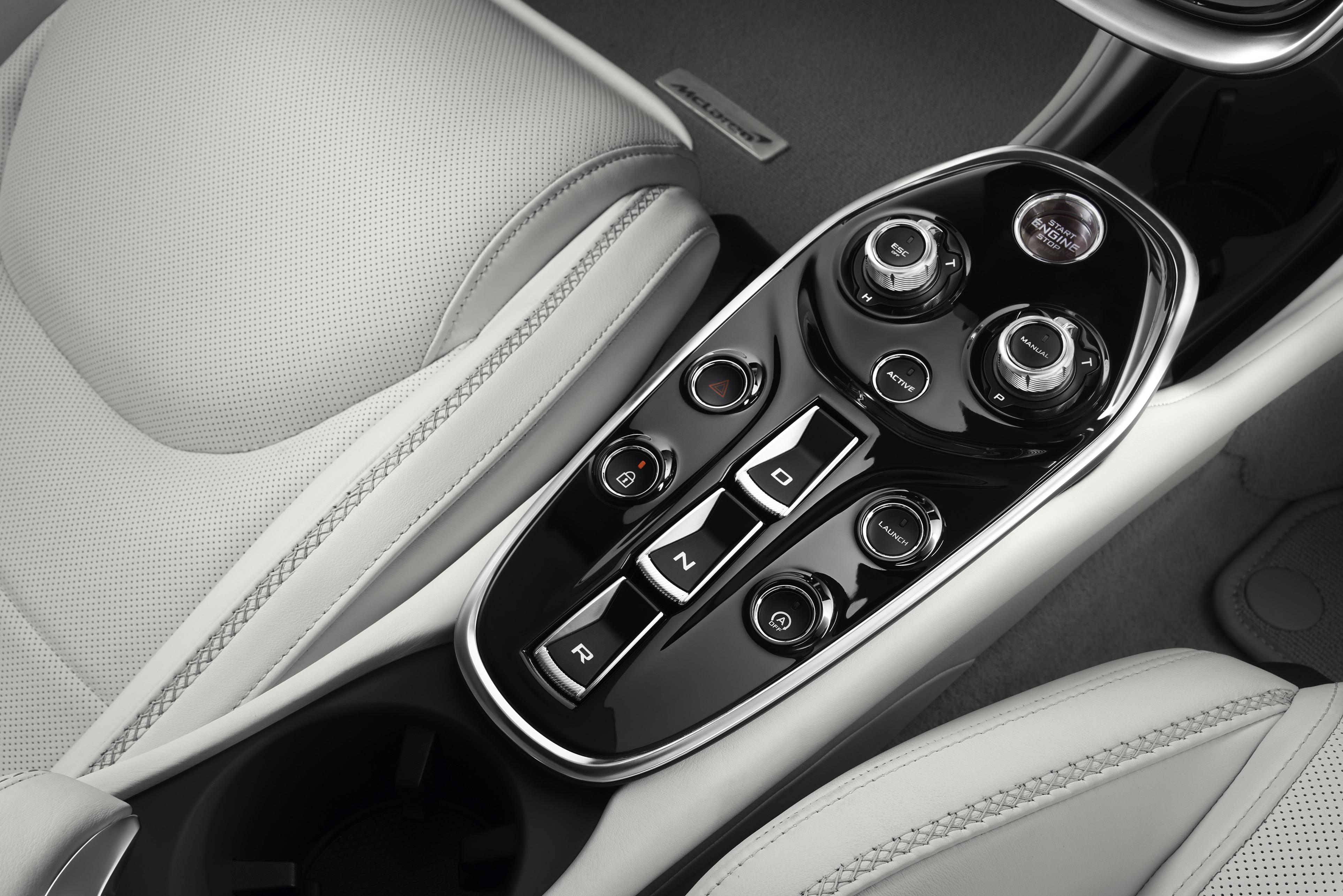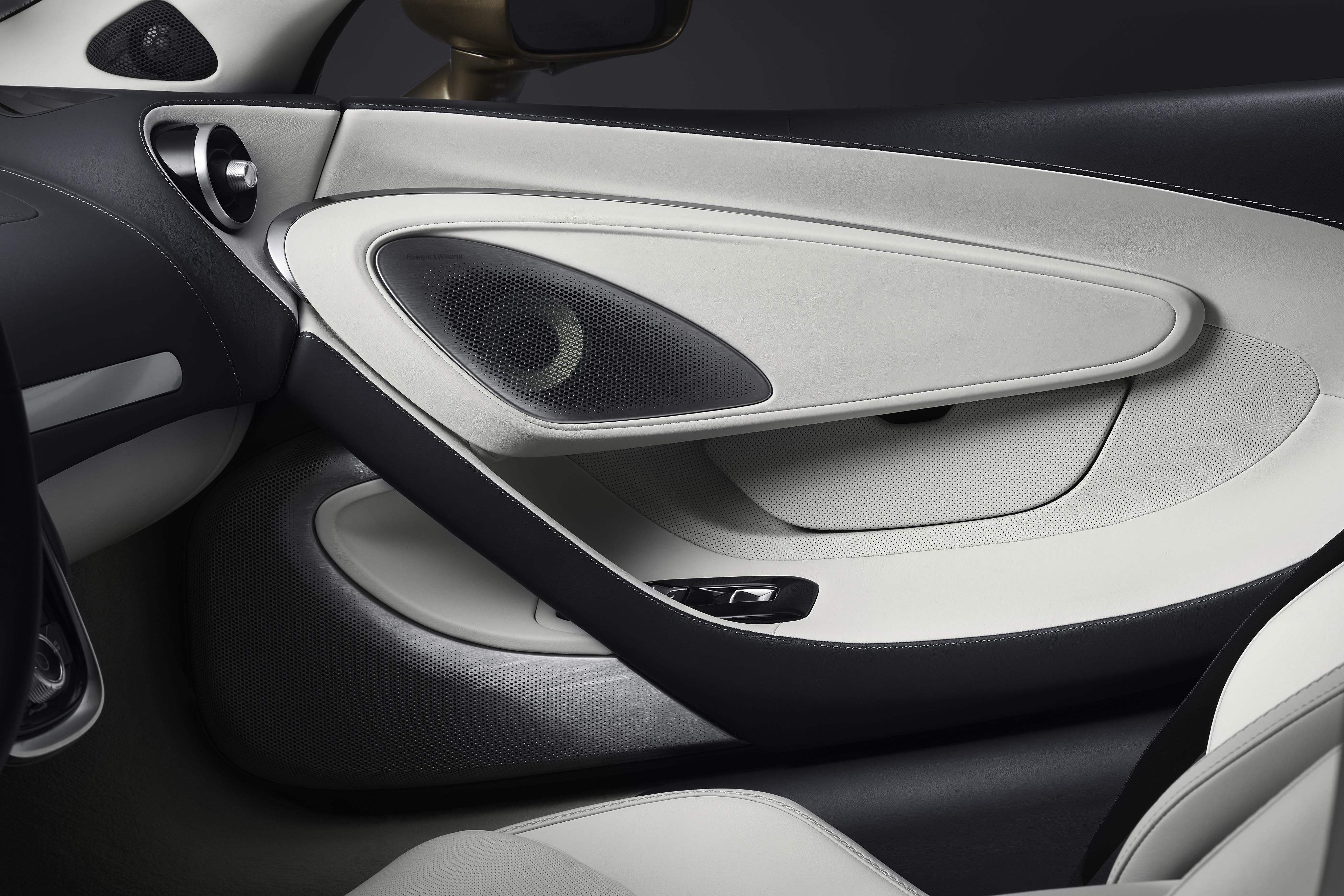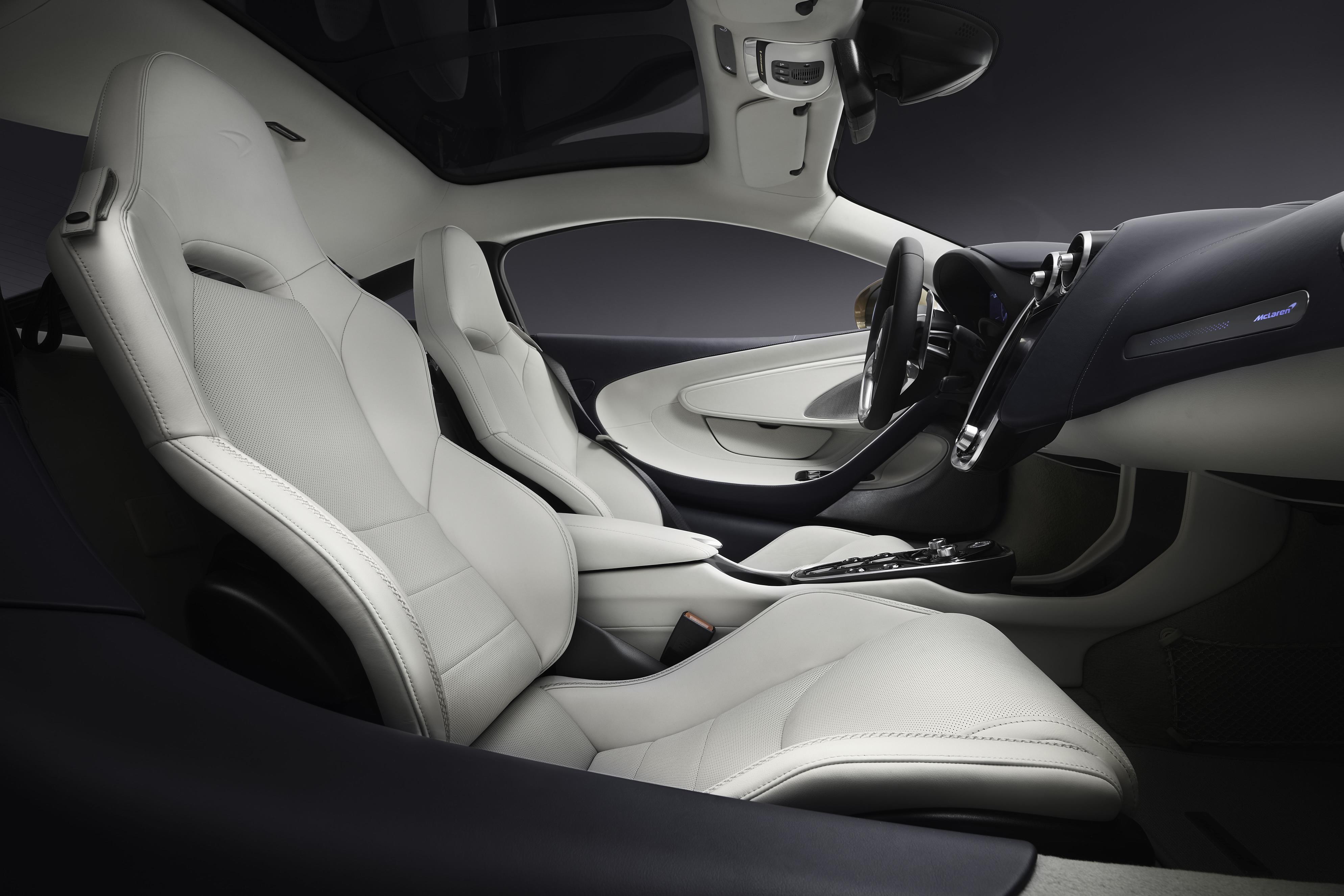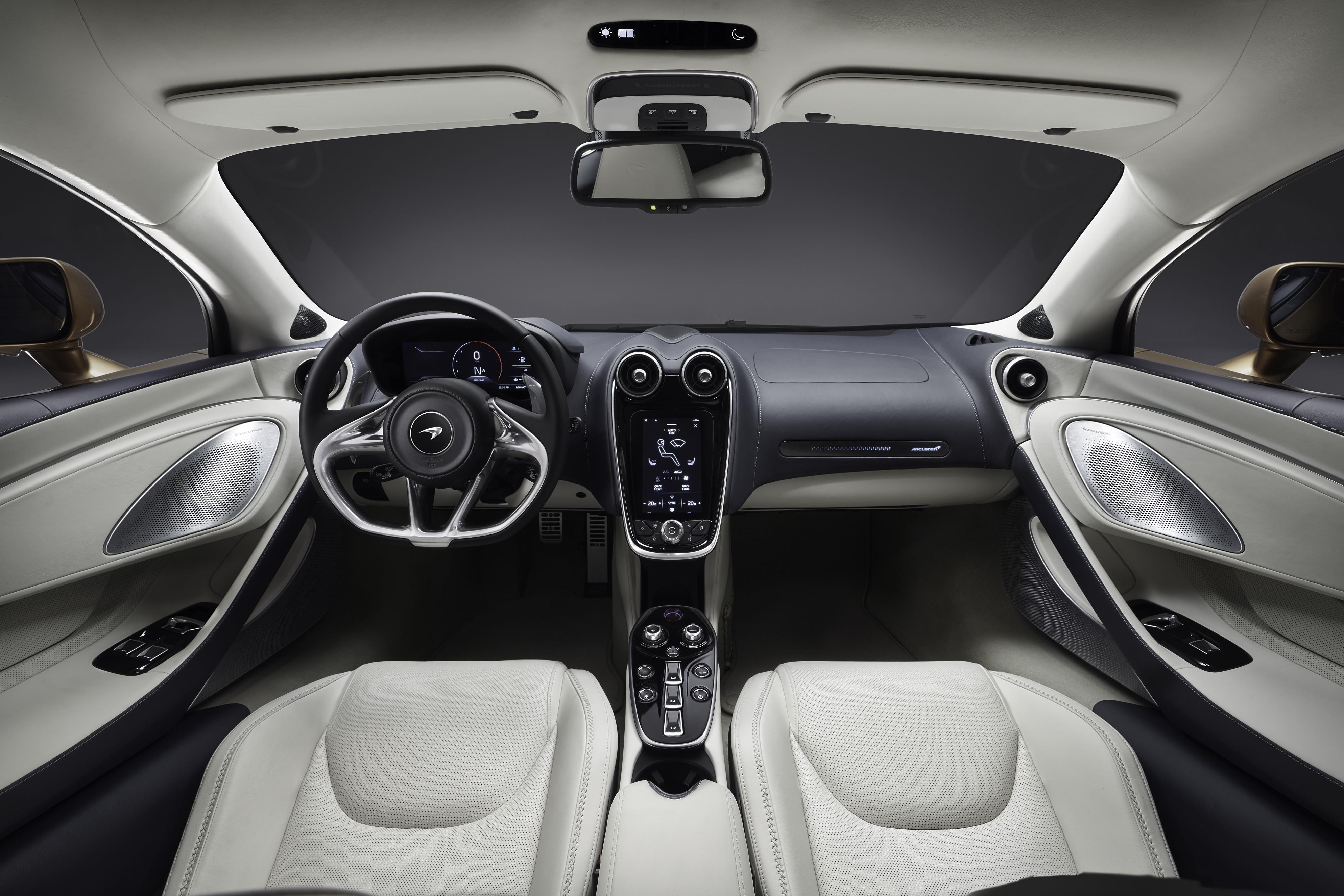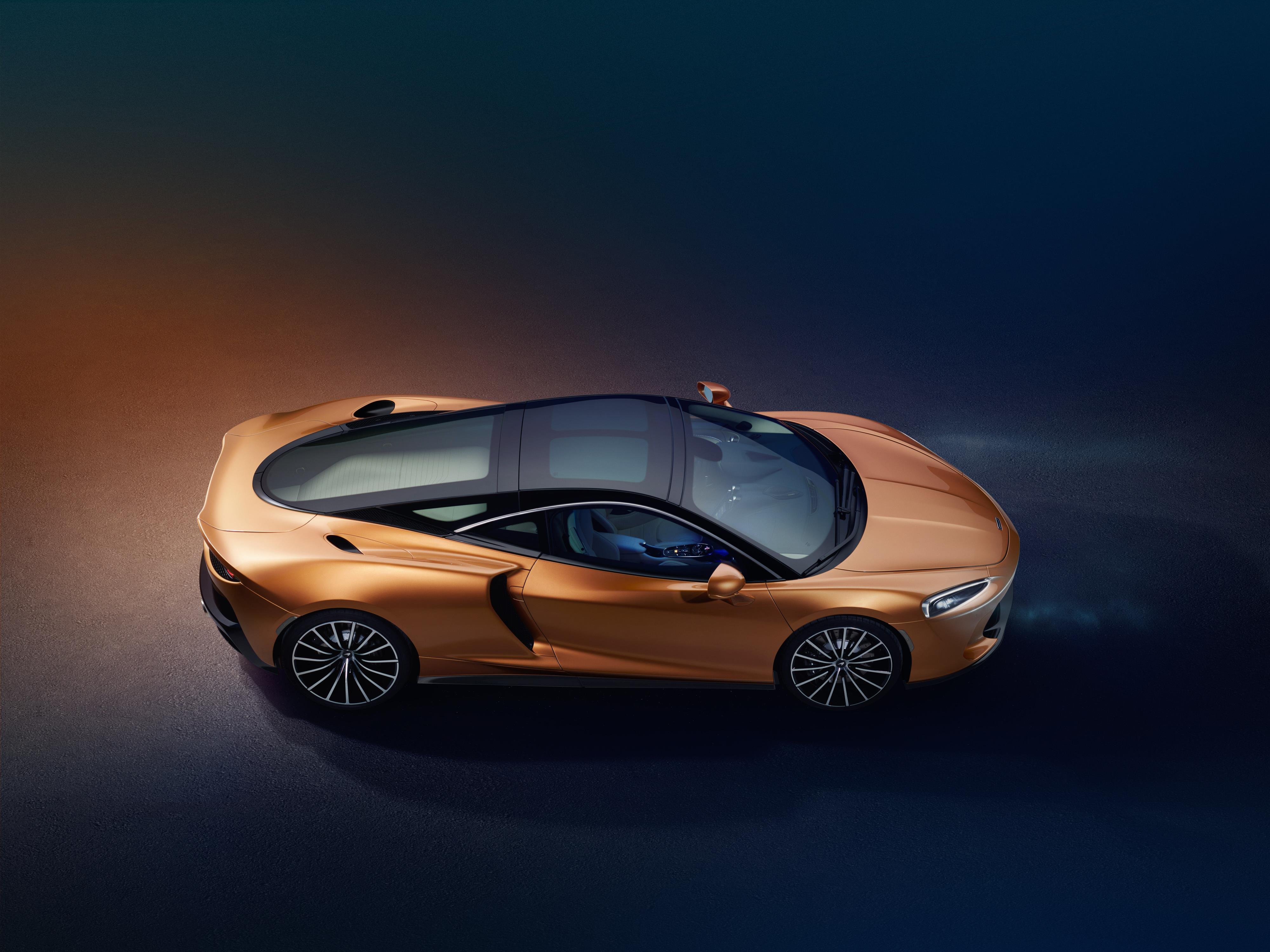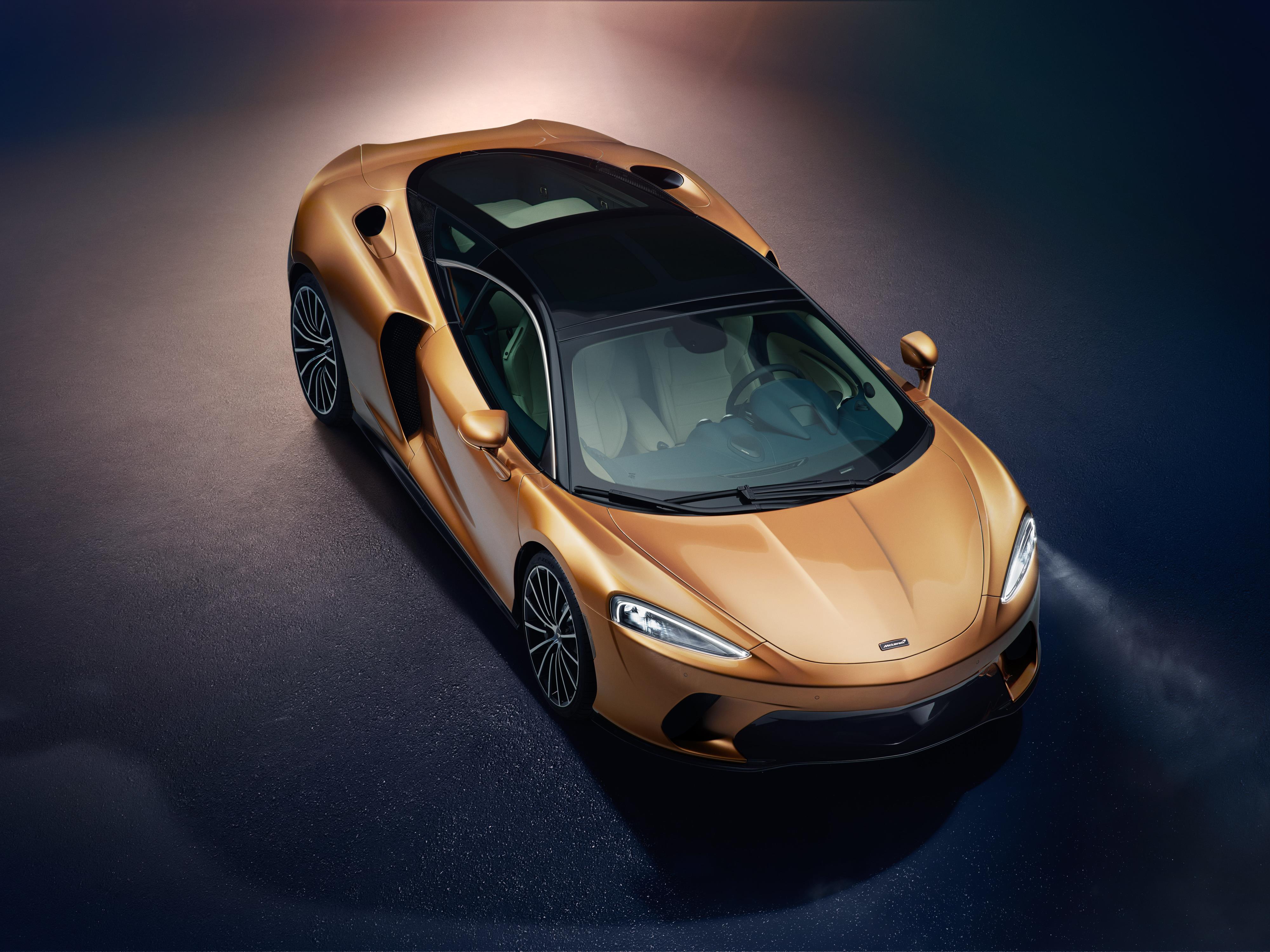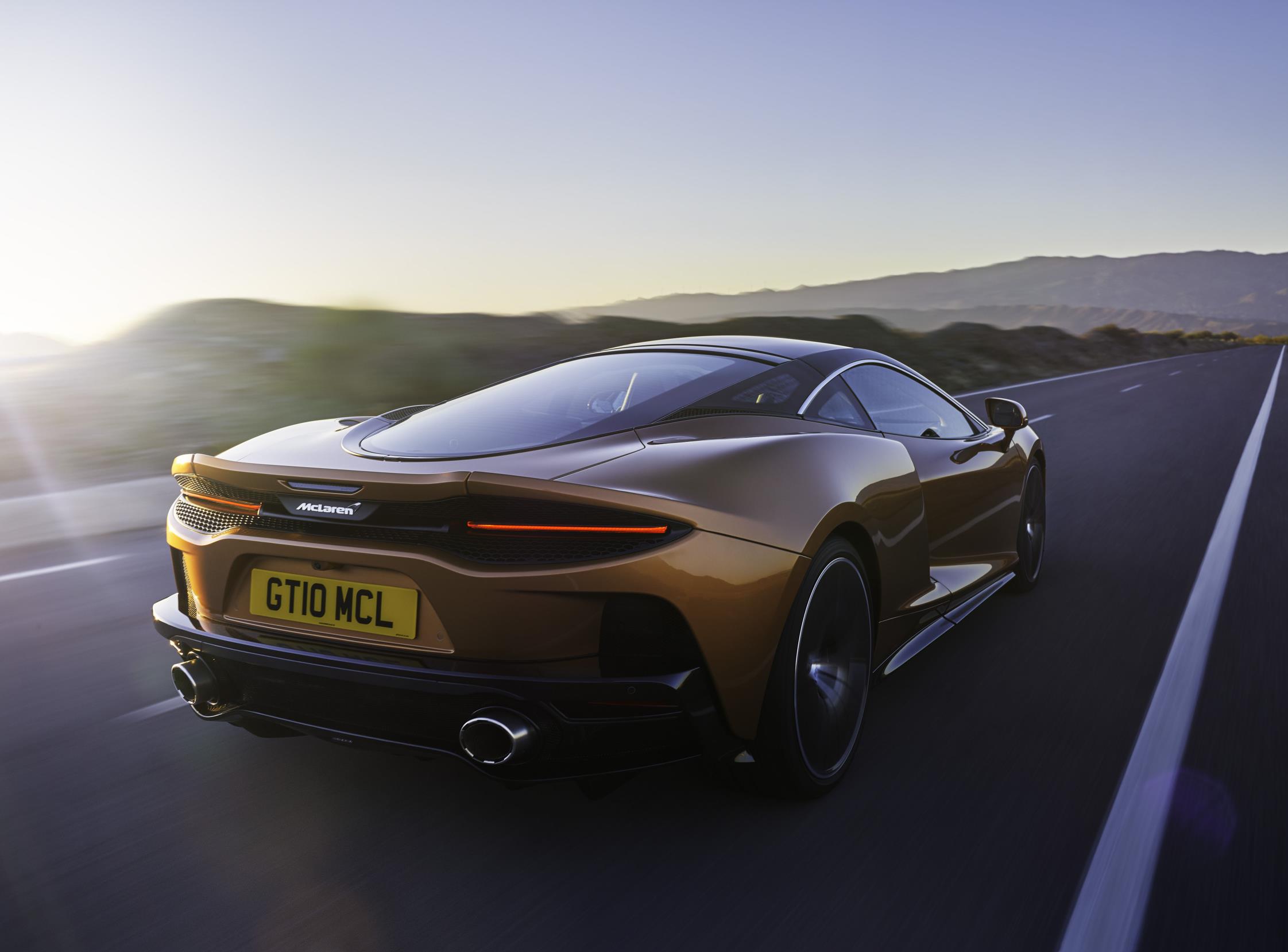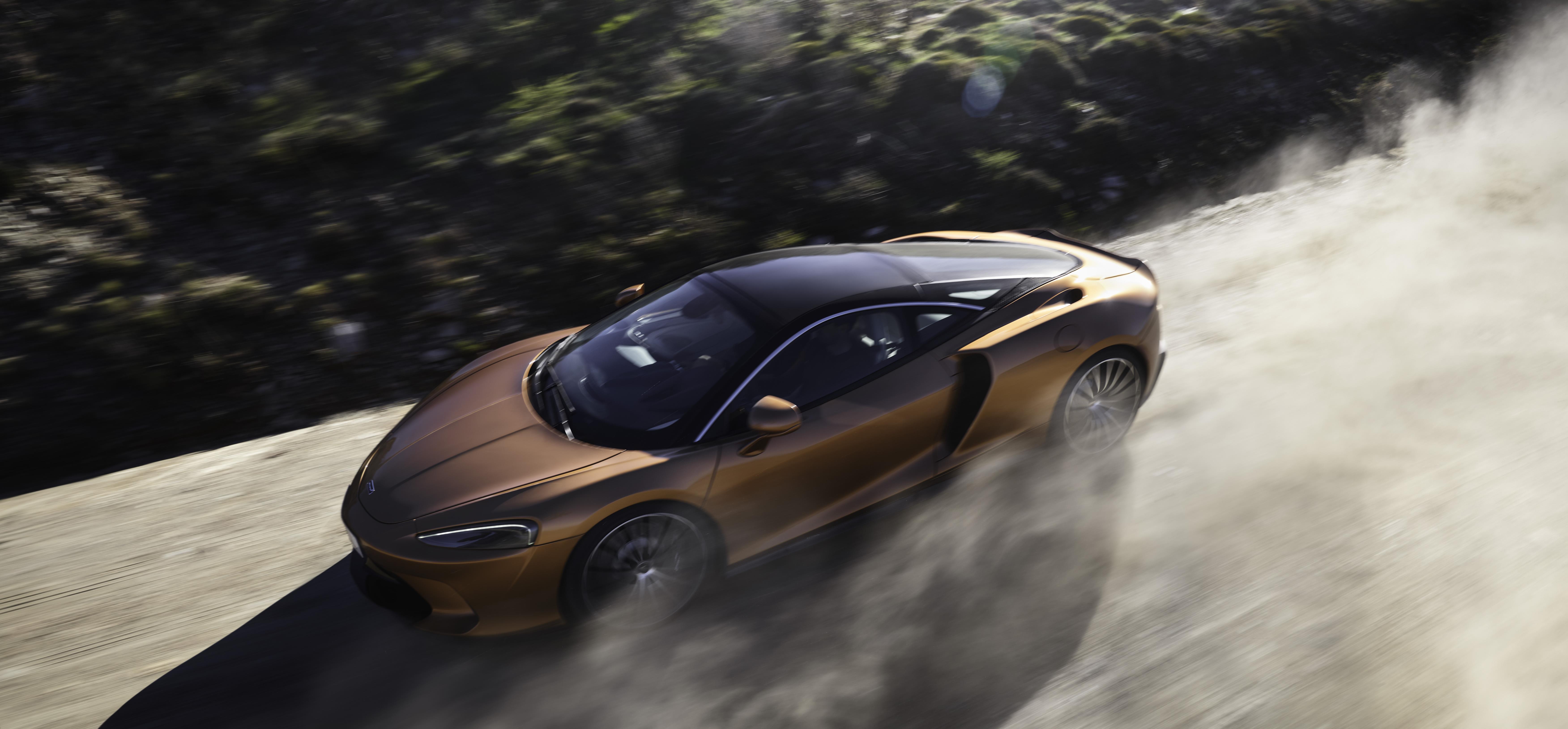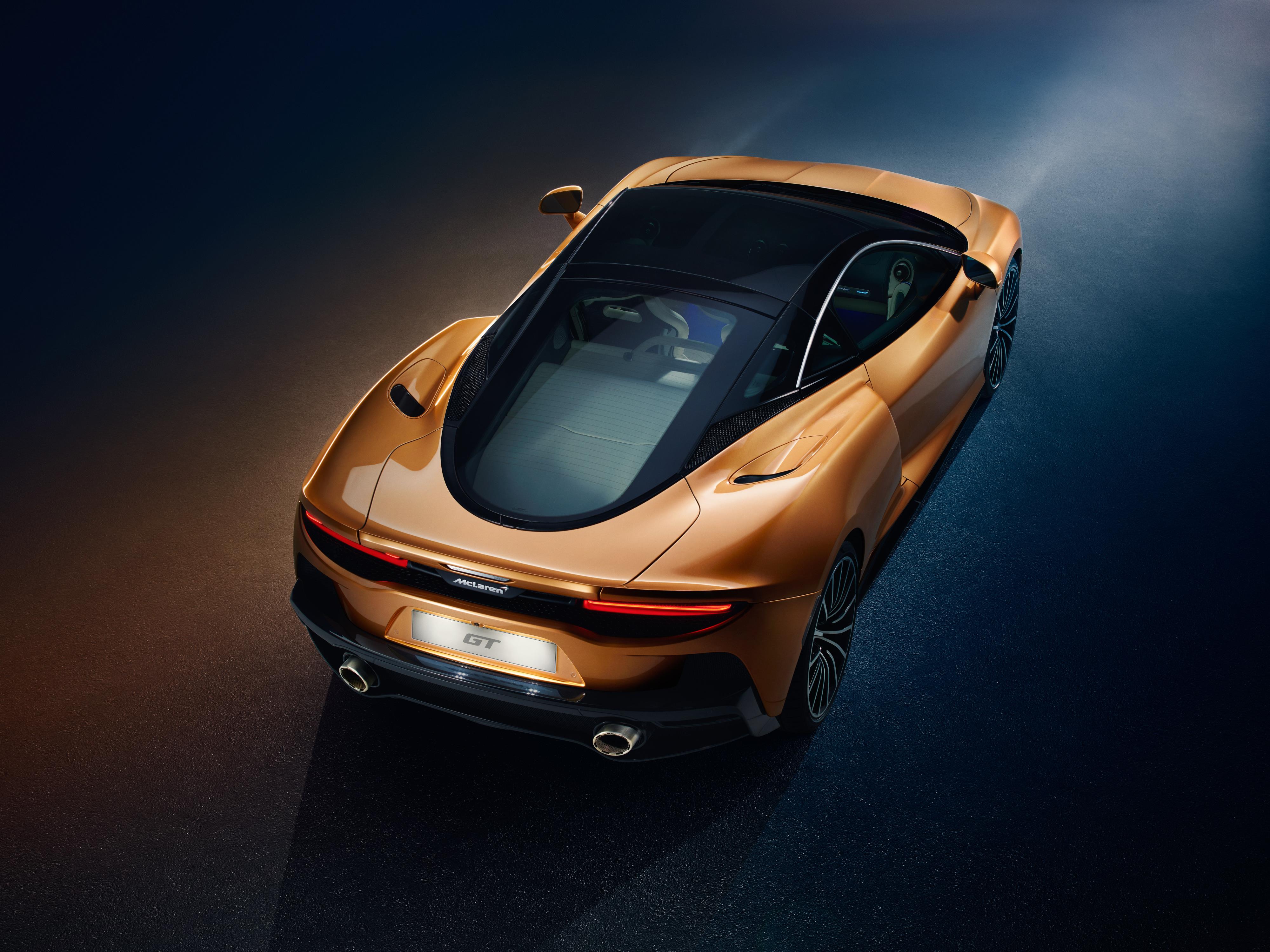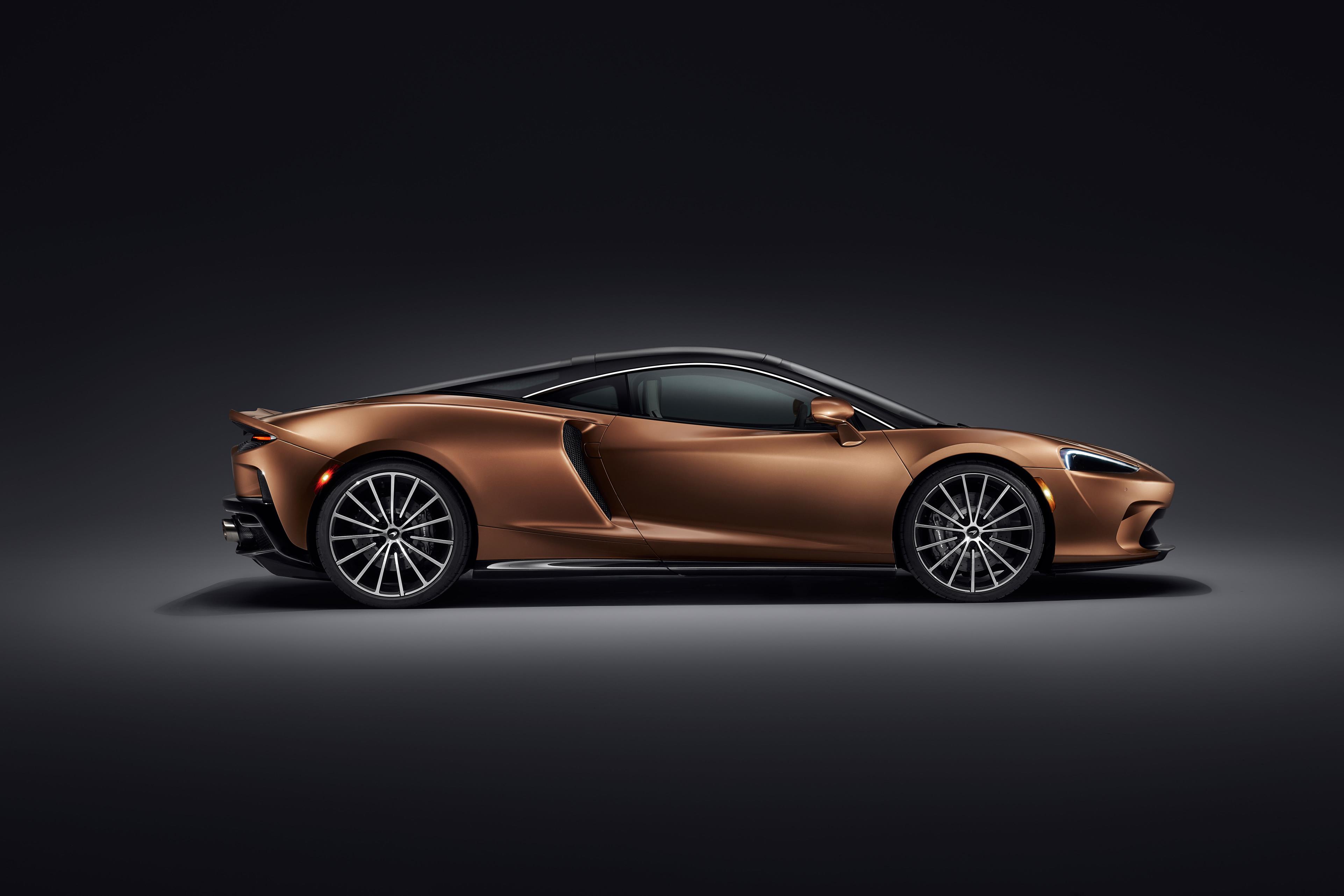It’s fair to say that the McLaren GT has received a mixed reception so far. Many expected an out-and-out GT car, a proper rival to the likes of the Aston Martin DB11 and Bentley Continental GT. Something with 4 doors, a significant amount of interior space and something to differentiate it either mechanically or visually. What we have instead is something typically McLaren with 2 seats, supercar proportions and a few additional comfort features.
McLaren’s press release starts off with the statement that the GT “redefines the rules of Grand Touring”, asserting that the McLaren GT is the “first true McLaren Grand Tourer in the McLaren product family, alongside existing Sports, Super and Ultimate Series”. It certainly breaks with the traditional conventions of what we expect from a GT car.
The GT shares its DNA with the upcoming Speedtail yet still boasts an impressive 570 litres of storage space. Look deeper and the key elements of the GT segment appear to be present. Performance, through the 630 hp, 4.0 litre McLaren V8; comfortable driving dynamics, through the new Proactive Damping Control suspension system; and a luxurious interior, tailored exclusively to this model.
The controversy, and criticism from some corners, comes from the fact that many are used to seeing larger, front-engine cars, dominate this market. The McLaren is clearly something different.
The McLaren GT sits atop the Carbon Fibre MonoCell II platform which debuted in the McLaren 570 S back in 2015. It underpins the majority of McLaren’s range. It is known that McLaren are working on a replacement, more capable of accepting a hybrid drivetrain, but for now, McLaren have stuck with the tried and tested. The Proactive Damping Control system is new for the GT. It uses hydraulic dampers, connected to sensors which predict what will happen next. Comfort, Sport and Track modes set the parameters of the software. This works in combination with a new hydraulic steering rack.
Under the rear shelf sits the familiar McLaren 4.0 litre, twin-turbocharged V8. In the GT it has been detuned slightly to produce 630 hp and 630 Nm of torque with a smooth delivery. Performance is leagues above McLaren’s rivals (as you would expect) with 100 km/h dispatched in 3.2 seconds, 200 km/h in 9.0 seconds and a top speed of 326 km/h. The efficiency figures released suggest that the engine manages 10.8 litres per 100 km with a EU grand touring range of 666 km.
In the world of GT cars, the mechanicals often play second fiddle to the comfort aspects. An important part of the McLaren GT package is what is on offer internally. McLaren installs an infotainment system, ambient lighting and an electro chromatic glazed sunroof. The switches are knurled aluminium and gloss black surrounds add some class. The speaker system includes a Bowers & Wilkins, 12 speaker system with a carbon fibre subwoofer and Kevlar mid-units. Nappa leather adorns the surfaces, Alcantara and Cashmere will be available as options.
It is the luggage space that also impresses. A figure of 570 litres has been banded around. This is a combined figure, the majority is created in the rear with a 420 litre luggage area below a front-hinged, full length glazed tailgate. This space is enough for a golf bag or two pairs of 185cm skis and boots as well as luggage. A further 150 litre of storage space is located at the front. The photos suggest that the GT is not yet capable of swallowing a suitcase, however, it should be more than capable of taking several overnight bags.
McLaren have promised to begin production of the McLaren GT towards the end of the year with UK pricing announced at £163,000 including taxes. The price makes it slightly more expensive that the Continental GT and DB11. Whether you choose McLaren over the rest likely rests with your own personal preference. We suspect that many will pick the McLaren over its British rivals. Whether those customers get a supercar with GT credentials, or an out and out GT car will be largely down to perspective.
In a world where you car buy all manner of genre-bending SUV, why shouldn’t McLaren push the expectations of the GT market? We can’t wait to take a closer look!


